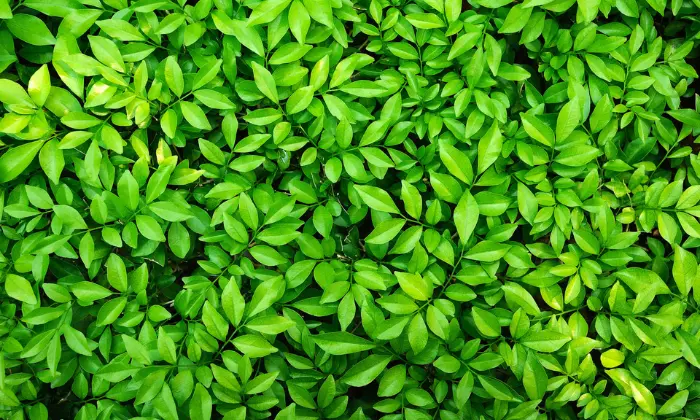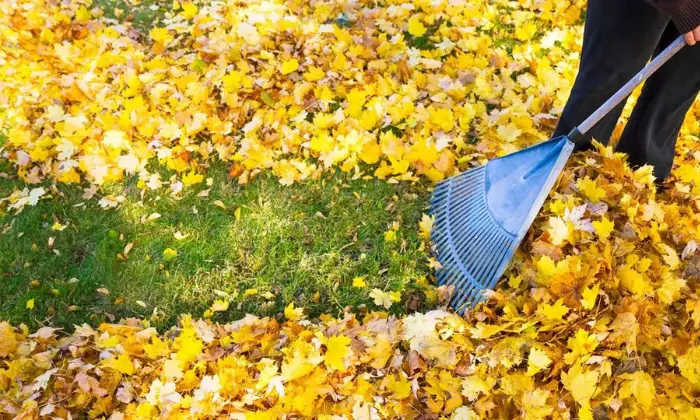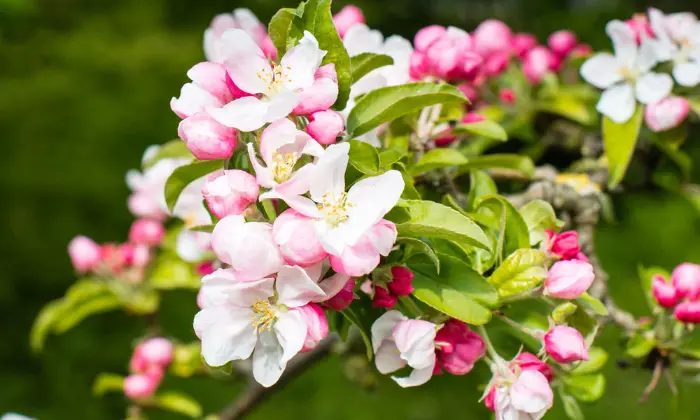- (562) 208-0148
- robertscompletecare@hotmail.com
In the realm of landscaping, leaves hold an often underappreciated yet vital role. They are not merely remnants of trees or shrubs but rather versatile elements that can elevate the aesthetic appeal of any outdoor space. Whether it’s the lush green foliage of summer, the vibrant hues of autumn leaves, or the delicate petals scattered across the ground, leaves offer endless possibilities for creative landscaping designs.
Leaves Landscaping
When it comes to revamping your outdoor space, leaves and landscaping play a crucial role in achieving a harmonious and picturesque environment. Incorporating greenery not only adds aesthetic appeal but also fosters a sense of tranquility and connection with nature. Explore the endless possibilities of leaves landscaping to breathe new life into your surroundings.

Green Leaves Landscaping
Green leaves are the epitome of vitality and freshness in landscaping. They provide a rich backdrop for other elements in the garden, serving as a canvas for colorful flowers, striking sculptures, or serene water features. Incorporating various shades and textures of green foliage can add depth and dimension to your landscape design. Consider the following tips to make the most of green leaves in your landscaping endeavors:
Selecting the Right Plants
Choose foliage plants that thrive in your climate and soil conditions. Research different species to ensure compatibility with your garden’s environment.
Creating Contrast
Experiment with varying shades of green to create visual interest. Pair dark, glossy leaves with lighter, matte textures to add depth and dimension to your landscape.
Layering and Texture
Incorporate plants with different leaf shapes and sizes to create layers and textures within your garden. Mix broad-leafed plants with delicate ferns or ornamental grasses for a dynamic and visually appealing composition.
Focal Points and Accents
Use foliage plants as focal points or accents to draw attention to specific areas of your garden. Plant colorful foliage against neutral backdrops to make them stand out and create focal points within your landscape.

Falling Leaves Landscaping
Autumn brings a spectacular display of colors as leaves transition from green to shades of red, orange, and gold. Harnessing the beauty of falling leaves in landscaping can create a breathtaking scene reminiscent of a picturesque countryside.
Consider planting trees renowned for their stunning fall foliage, such as maples, oaks, or dogwoods. Their vibrant hues will light up your landscape as the leaves gradually change color and gently carpet the ground below. You can also incorporate decorative elements like rustic benches or decorative urns filled with seasonal blooms to enhance the autumnal ambiance. Consider the following ideas to incorporate falling leaves into your landscaping design:
Seasonal Plant Selection
Choose trees and shrubs known for their spectacular fall cleanup foliage. Maples, oaks, and birches are popular choices for their vibrant autumn hues.
Leaf Pile Artistry:
Instead of raking and discarding fallen leaves, embrace them as artistic elements in your landscape design. Create leaf piles or scatter them strategically to add warmth and texture to your outdoor space.
Autumnal Accents
Enhance your landscape with seasonal decor such as pumpkins, gourds, and hay bales to complement the falling leaves. Incorporate seasonal flowers like mums and asters for bursts of color amidst the foliage.
Maintenance Tips
Keep pathways and outdoor living spaces clear of fallen leaves to prevent slips and maintain a tidy appearance. Consider composting or mulching fallen leaves to enrich your soil and promote healthy plant growth.

Petals Landscaping
Incorporating petals alongside leaves in landscaping adds a delicate touch of elegance and romance to outdoor spaces. Whether it’s the delicate petals of cherry blossoms or the vibrant blooms of roses, flowers bring a pop of color and fragrance that complements the verdant backdrop of foliage. Explore the following strategies to incorporate petals and leaves into your landscaping.
Complementary Color Palettes
Choose flowers and foliage that complement each other’s colors to create cohesive and visually pleasing compositions. Pair bold blooms with subtle foliage or vice versa to strike the perfect balance.
Seasonal Blooms:
Select flowering plants that bloom throughout the seasons to ensure year-round interest in your landscape. Mix early spring bulbs with summer perennials and annuals to create a dynamic and ever-changing display of color.
Texture and Form
Experiment with plants of varying textures and forms to add depth and dimension to your landscape. Combine delicate petals with bold foliage to create striking contrasts and visual focal points.
Continuous Maintenance
Stay on top of deadheading flowers and pruning foliage to maintain the health and vitality of your plants. Regular watering and fertilizing will ensure lush growth and vibrant blooms throughout the growing season.
Conclusion
In conclusion, Leaves are not merely a byproduct of nature but rather essential elements that can transform any outdoor space into a breathtaking oasis. Whether it’s the verdant greenery of summer, the vibrant hues of autumn leaves, or the delicate petals of flowering plants, incorporating leaves into your landscaping design adds depth, texture, and visual interest. So, embrace the beauty of leaves and let them breathe life into your outdoor sanctuary. Need expert landscaping services Contact Us at Robert’s Complete Care today for a consultation!
FAQS
Why Are Leaves Important In Landscaping?
Leaves are essential in landscaping for several reasons. They provide natural beauty and color to outdoor spaces, contribute to the overall aesthetics of a garden, offer shade and privacy, and promote biodiversity by providing habitat and food for wildlife.
How Can I Use Leaves Effectively In My Landscaping Design?
There are many ways to incorporate leaves into landscaping designs. You can use them to create lush green borders, add texture and depth to flower beds, create natural mulch for garden beds, or even use them for artistic purposes like leaf art installations or leaf mold composting.
What Types Of Plants Have Attractive Leaves For Landscaping?
Many plants have attractive leaves that can enhance landscaping designs. Evergreen shrubs like boxwood or holly provide year-round interest with their glossy green foliage. Trees like Japanese maple or ginkgo offer stunning foliage colors in the fall. Additionally, ornamental grasses and perennials like hostas or ferns add texture and variety to garden beds.
How Do I Deal With Fallen Leaves In My Landscape?
While fallen leaves can add natural mulch and nutrients to the soil, excessive leaf litter can also smother grass and other plants. Consider using a leaf blower or rake to gather leaves into piles for composting or mulching. You can also mow over leaves to break them down into smaller pieces that will decompose more quickly.
Are There Any Eco-Friendly Practices For Managing Leaves In Landscaping?
Yes, there are several eco-friendly practices for managing leaves in landscaping. These include composting leaves to create nutrient-rich soil amendments, using leaves as mulch to suppress weeds and retain moisture in garden beds, and allowing leaves to naturally decompose in designated areas of the garden to support soil health and biodiversity.

